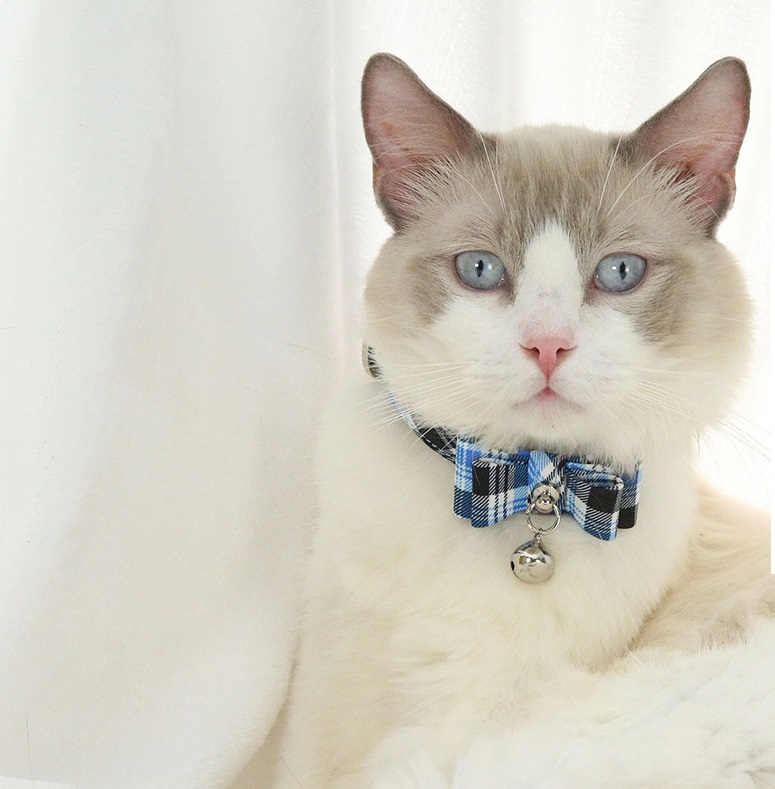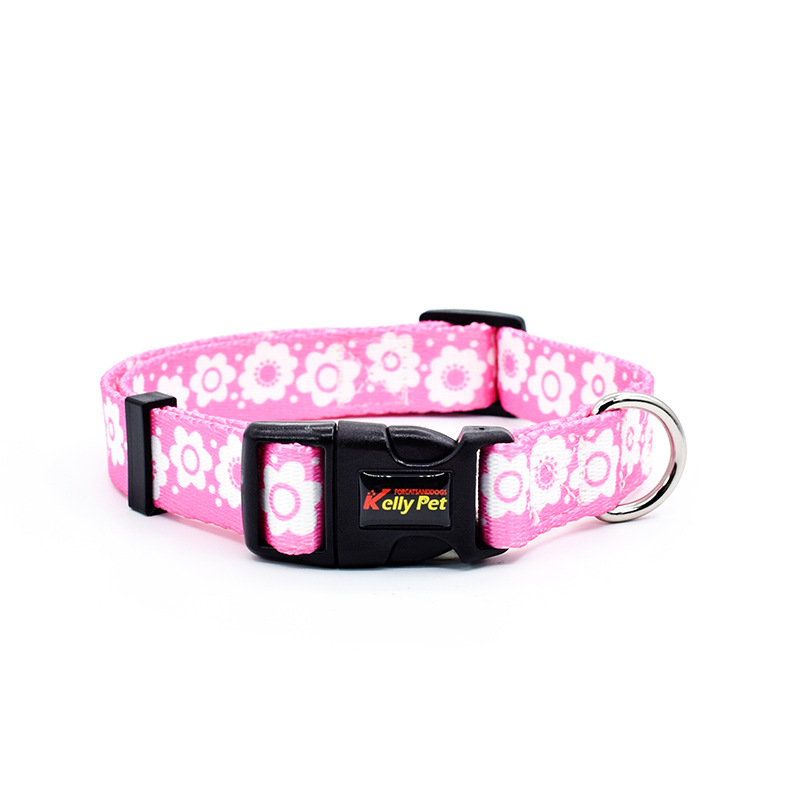
Breakaway collars are a type of cat collar that have a special clasp that can release under pressure, allowing your cat to escape if they get stuck on something. They are designed to prevent choking, injury, or death that can result from traditional collars that can get snagged on branches, fences, hooks, or even your cat’s own mouth or paw.
Breakaway collars are recommended for outdoor cats who face more dangers and risks of getting lost. They can also help identify your cat if they have an ID tag with your contact information, make your cat more visible in the dark if they have a reflective or glow-in-the-dark material, and reduce your cat’s hunting behavior if they have a bell that warns wildlife.
Indoor cats generally have a lower risk of getting their collars caught on objects compared to outdoor cats. However, there are still some situations where a breakaway collar can be beneficial even for indoor cats. Here are a few considerations:
- Emergency Escapes: Cats are known for their agility and ability to squeeze through small openings. In the event of an accidental escape or if a door is left open, a breakaway collar can make it easier for the cat to free themselves if the collar becomes caught on something while trying to escape.
- Preventing Injuries: Indoor cats can sometimes get their collars caught on furniture, cords, or other household items. While the risk is generally lower, it’s not unheard of for cats to injure themselves or become stressed if their collars snag on something and they panic or struggle to free themselves. A breakaway collar reduces the risk of injury in such situations.
- Identification Purposes: Even though indoor cats are less likely to wander far from home, accidents can happen. Having an identification tag on a breakaway collar can help ensure a swift return if your indoor cat manages to escape or is accidentally let outside.

But what about indoor cats? Do they need breakaway collars too?
The answer is not so simple. There are different opinions on whether indoor cats should wear collars or not. Some of the possible benefits of breakaway collars for indoor cats are:
- They can help identify your cat if they ever escape or get lost, especially if they are not microchipped or their microchip details are not up-to-date.
- They can make your cat more visible in case of a home emergency, such as a fire or a natural disaster, that may require evacuation or rescue.
- They can help you locate your cat inside your home if they like to hide or sleep in hard-to-find places.

However, some of the possible drawbacks of breakaway collars for indoor cats are:
- They can still get stuck on something inside your home, such as furniture, curtains, wires, or toys, and cause stress or injury to your cat.
- They can rub against your cat’s skin and cause irritation or hair loss, especially if they are not fitted properly or made of a harsh material.
- They can annoy your cat and make them unhappy or uncomfortable, especially if they are not used to wearing a collar.

Therefore, the decision to use a breakaway collar for your indoor cat depends on several factors, such as:
- Your cat’s personality: If your cat is very curious and adventurous, they may be more likely to escape or get into trouble with a collar than a cat who is more calm and cautious.
- Your cat’s preference: If your cat hates wearing a collar and tries to remove it constantly, they may be more stressed and unhappy with a collar than without one.
- Your home environment: If your home has many potential hazards that could snag your cat’s collar, such as wires, hooks, or sharp edges, you may want to avoid using a collar for your cat.
If you decide to use a breakaway collar for your indoor cat, you should make sure that it is:
- Safe: It should have a breakaway buckle that can release under pressure, a D-ring for tags, and no sharp edges or loose parts that can harm your cat.
- Comfortable: It should fit snugly but not too tightly around your cat’s neck, leaving enough room for two fingers between the collar and your cat’s skin. It should also be made of a soft and durable material that won’t irritate your cat’s skin or fur.
- Visible: It should have a reflective or glow-in-the-dark exterior that can make your cat more visible in low light conditions. It should also have an ID tag with your name and phone number in case your cat gets lost.
You should also check your cat’s collar regularly for signs of wear and tear, and adjust it as needed. You should also get your cat microchipped as a more permanent form of identification that can’t be lost or removed.
